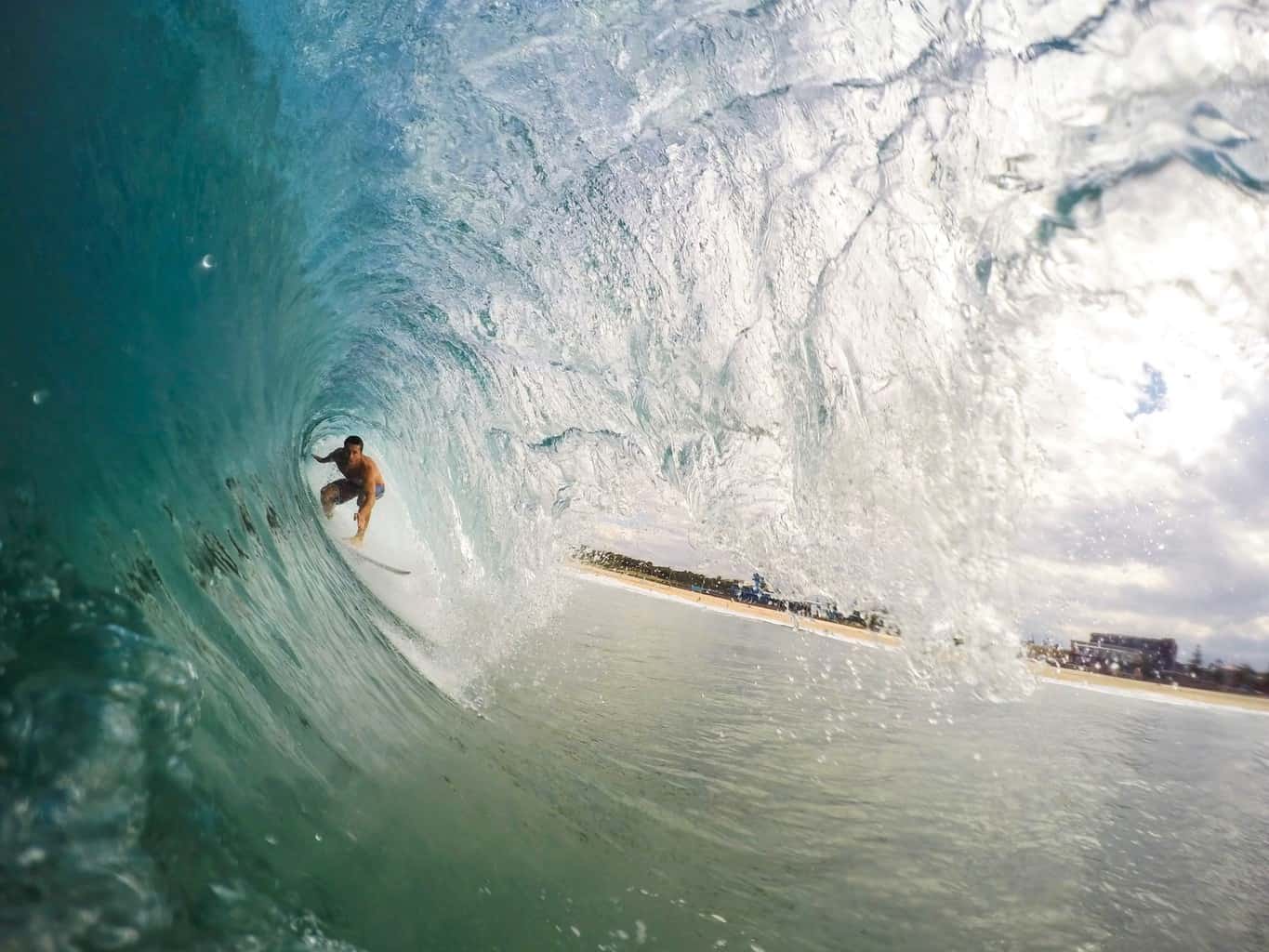If you love to surf then there is no doubt you have spent some good time watching surfing videos.
Watching others surf can help us improve our skills, learn new tricks, and stay inspired, but watching ourselves surf can be even better.
When filming yourself surfing, you can film from inside the water, or from the beach, as well as from a board mount, a handheld camera, or ask a friend to take the footage for you.
As long as you have the correct equipment, the possibilities are endless.
Let’s take a look at just what you will need to make your first surf video and how it can help you improve your surfing.
- 3 Different Ways to Film Yourself Surfing
- What You Need to Film Yourself Surfing
- 7 Tips for Filming Yourself Surfing
- Conclusion
- You Might Also Like…
Disclosure: this post contains affiliate links (clearly marked with ), which means we may earn a commission if you buy something through them, at no additional cost to you.
3 Different Ways to Film Yourself Surfing
When it comes to filming yourself surfing, you have three main options.
Firstly, you can have control of the camera yourself, secondly, you could have a friend in the water with you. Or lastly, have a camera set up on the shore.
1. Controlling the Camera Yourself While Surfing
With the introduction of GoPro to the market, the possibility of filming yourself while surfing became that much easier.
GoPro may be the most well-known brand, but it’s definitely not your only choice.
There are newer brands available which aim to challenge the status quo and raise the bar within the industry, like the award-winning OCLU action cam.
If you want to be in control of the camera and film from a first-person perspective, then a handheld action camera is perfect for the job.
Not only will you have the option of taking the film deep inside a barrel with you, but you will be able to point the lens exactly where you want it to go.
Alternatively, you have the option of a board mount. Board mounts allow you to fix your camera at the nose of your surfboard.
Either facing forwards to record your journey or backward to capture your intricate body movements.
A handy combo is OCLU’s Ocean Bundle which includes a board mount, a floating grip mount and a waterproof case.
The Benefits of Controlling the Camera Yourself While Surfing
- Controlling the camera with your own hand will allow you to take the video as if from your own eyes.
This will allow you to see each section for the second time, as well as allow others to get a sense of what you were experiencing. - When the camera is hand-held, you will have the option to point it exactly where you choose. This means you can change from a front view to a selfie perspective at will.
Furthermore, you will be able to record your surroundings such as a pod of dolphins riding the wave with you, or a kook dropping in on your wave.
- Whether you choose a board mount, body mount, or hand-held camera, the biggest advantage of having it with you is that you can record your exact journey.
You will be deep inside a barrel or performing slick bottom turns and cutbacks.
- Watching your journey for the second time from the same eyes will help notice where you could have improved on different sections of the wave.
The Disadvantages of Controlling the Camera Yourself While Surfing
- The biggest disadvantage of controlling the camera yourself while surfing (when using a handheld) is that your attention is now split.
It is likely that you are concentrating on your ride or the film.
Because of this, you will not get a clear reflection of how you could have best surfed the way, or alternatively, you will not get the best footage.
- Using a board mount will help eliminate the above problem.
However, you will not have control of the camera direction while riding. Once the camera is fixed, then that is the perspective for the entirety of the ride. - Board mounts also bring the problem of being very close to the water. Because of their low positioning, the range of film is shorter and you will likely have a lot of splash and water drops in the film.
2. Having a Friend in the Water Film You
If you are in search of a wider frame, a third-person view, or perhaps you don’t want to concentrate on the filming yourself, then having a friend film you from the water is a perfect alternative.
With the same equipment you would use while holding the camera yourself, you can get a whole new perspective of your ride.
The Benefits of Having a Friend Film You From the Water While Surfing
- The biggest advantage of having a friend film you are that you will not need to worry about where the camera is pointing.
All you have to do is simply what you love the most (riding a wave). - A third-person perspective allows you to see the way you move on your board.
When you can see yourself surfing a wave, it is easy to analyze what you did right and what you can improve on.
Also, it looks simply amazing to be able to watch a surfer as if you were in the water with them at the time.
- You will get footage that you cannot from standing on your board.
Having a videographer in the water will allow for angles and shots that are impossible to take in different situations.
For example, a shot of you traveling through a barrel while the camera sinks through the back of the wave.
The video below perfectly explains the possibilities of having someone record from inside of the water.
Take a look at 1:20 min for amazing footage of the camera going through the wave as the surfer rides deep inside a barrel:
The Disadvantages of Being Filmed from Within the Water
- Although more of a positive, not having control of the camera means that you will not be able to shoot exactly what you want.
- The film will always be from water level (unless you are filmed by another surfer on the wave).
- If the person filming you is not an experienced surfer, they may not be able to predict your movements and could get in your way (and possibly hurt).
3. Filming Yourself Surfing With a Camera on the Beach
Lastly, you can set up a camera on the shore.
This may be at the beach on the shoreline, on the rocks at the edge of a break, or with today’s technology, even a drone in the sky.
This is most likely not the way you will want to film yourself.
However, there are some advantages that come with this option.
The Benefits of Filming Yourself Surfing from the Beach
- It is possible to film without another person.
If you set a camera up on the beach, you could simply press record, enter the water, have your surf, and return to some (possibly great) surf footage. - Waterproof cameras are expensive. If your camera does not need to enter the water, then you will simply need to pay less for the equipment.
- Filming from the beach is an amazing way to capture the entire lineup.
Being able to see the entire wave and how you moved along it is a great way to analyze the way a beach breaks and how you act in that break.
There is also an advantage to be able to see how all the waves of a set have broken, which ones you chose, and how you could have made better judgments on your wave choice.
- Drone footage is simply amazing. Although it will not give you a great perspective on “how” you rode a wave, it truly adds footage like no other as it is from a perspective that we never get to see otherwise.
The Disadvantages of Filming Yourself Surfing from the Beach
- If you do not have someone looking after your camera, there is always the possibility that it could get stolen or broken.
- Unless you have a powerful lens (which is expensive) there is no way to have close-up footage of yourself.
- Because of the distance and large angle you will be filming in, you will likely be capturing many other surfers at the same time.
- As for drones, the footage is amazing. However, drones can also be annoying.
Having a drone fly over constantly could be annoying to other surfers in the water. It is always a good idea to ask about it first and keep the filming time-limited.
What You Need to Film Yourself Surfing
Filming From the Beach
A camera with a good lens and a tripod are the main pieces of equipment you will need to film from the beach.
Of course, if someone is filming for you, then the tripod is completely optional.
If you have opted for some drone footage, then of course you will need a drone.
This can either be controlled from the shore by a friend, or if you have a high quality drone, then with an automatic tacker.
If using an automatic tracker, keep in mind that you will not have control of the drone.
Constantly being followed by a loud buzzing noise can (and most likely will) anger other surfers.
Filming Yourself
If you want to take some first-person footage you have a few options.
Firstly, you will need a waterproof camera or a camera with waterproof housing.
Action cameras like the OCLU or similar small cameras are perfect as they are lightweight and easy to maneuver.
Secondly, you will either need:
Most small waterproof cameras have these accessories available.
If you choose the handheld option, make sure that you always secure the camera or stick to your arm in case you drop it when wiping out.
Being Filmed From Within the Water
If you have a friend filming you from within the water, then using the same camera as you would use to fix onto your board will do just fine.
The same selfie stick will serve the same purpose as it did for you while riding your board.
Although a GoPro will work in this situation, having an external cameraman allows for a much bigger and higher quality camera.
Although these are expensive, the quality of the footage will be worth every penny.
7 Tips for Filming Yourself Surfing
Now that you have a few options of different ways that you can capture yourself surfing, it is almost time to make your first video.
Before you head to the ocean to record yourself bombing down a wave, here are a few helpful tips to keep in mind before making your first surf video.
- Know your equipment. Knowing what all the different functions of your camera do, as well as knowing where all the buttons are, will save you a lot of hassle when in the backline.
- Make your camera floatable. In the case that you (or a friend) drops the camera, or it comes free from its attachment, it will be less likely that you lose it to the ocean if you have a floatable camera case.
- When someone is filming you from the water, they should get as close as possible without disrupting your ride.
- If you are filming yourself inside a barrel, get as deep as possible and stay inside as long as possible.
- Always take more footage than you think you need (you can edit it later).
- Before setting off on the next ride, make sure there are no water drops on the lens. These will completely ruin what could have been some great footage.
- Diversity is key when making a good video. Get footage of yourself outside the water, from the first and third perspective, and of the waves and environment without surfers.
Conclusion
With the amazing video technology of today, you have almost endless possibilities when it comes to filming yourself surfing.
Whether you want to take the footage yourself or have someone else do it for you, each angle and shot will bring something new to your surf video.
Although this is a fun additive to surfing, always remember to pay attention to what you are doing. Safety should always come first.
You Might Also Like…
-

Do Surfers Ride Switchfoot? 5 Benefits (& Why You Should Learn It)
-

Do Surfers Shave Their Legs? 5 Common Reasons (+Pros & Cons)
-

Do Surfers Wear Helmets? 8 Situations You Should Wear One (+4 Cons)
-

Do Surfers Poop in the Ocean? Myths & Facts (+5 Tips)
-
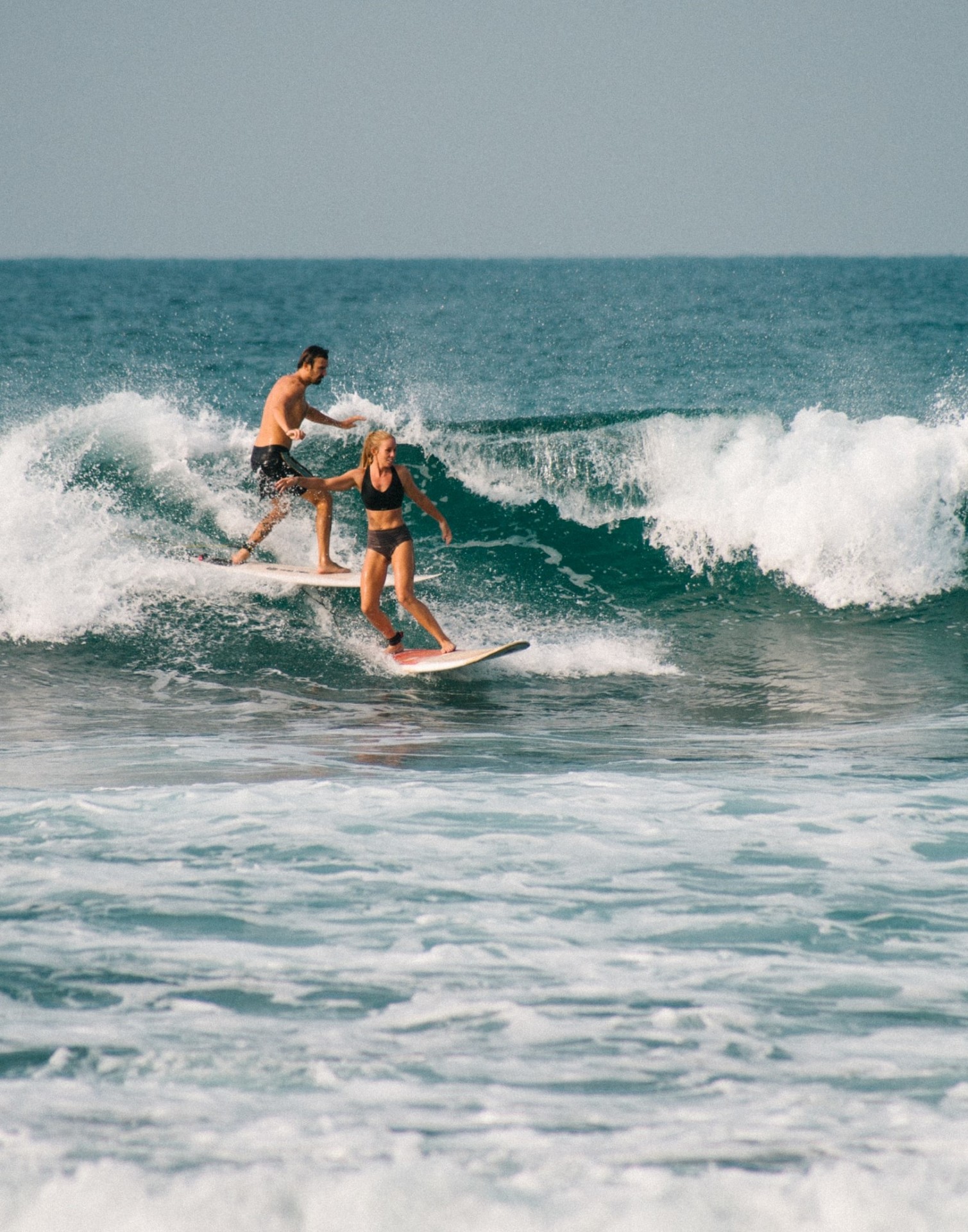
Do Surfers Run Into Each Other? 5 Common Reasons (+8 Tips)
-
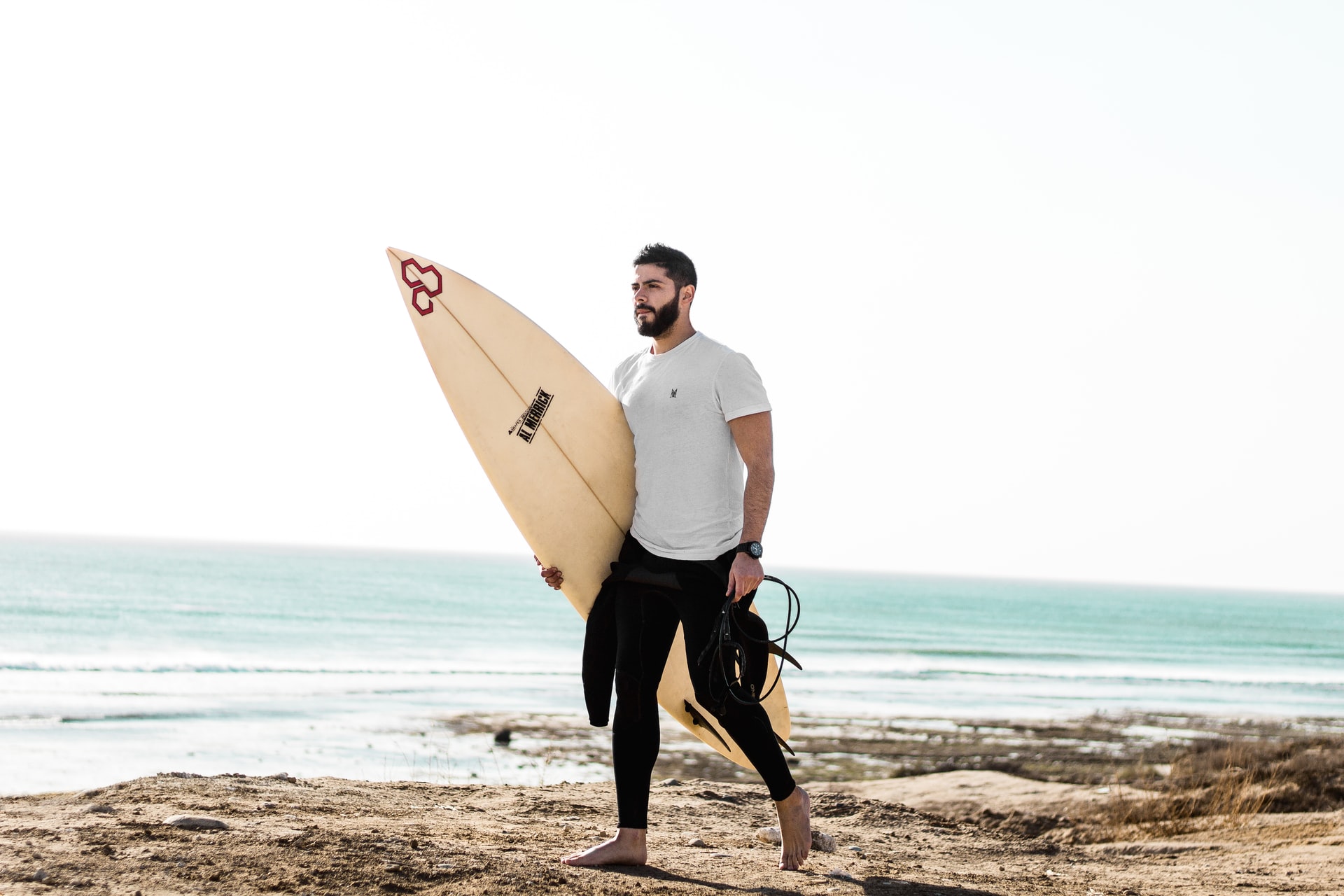
Do Surfers Have Beards? Pros & Cons You Should Know (+4 Tips)
-
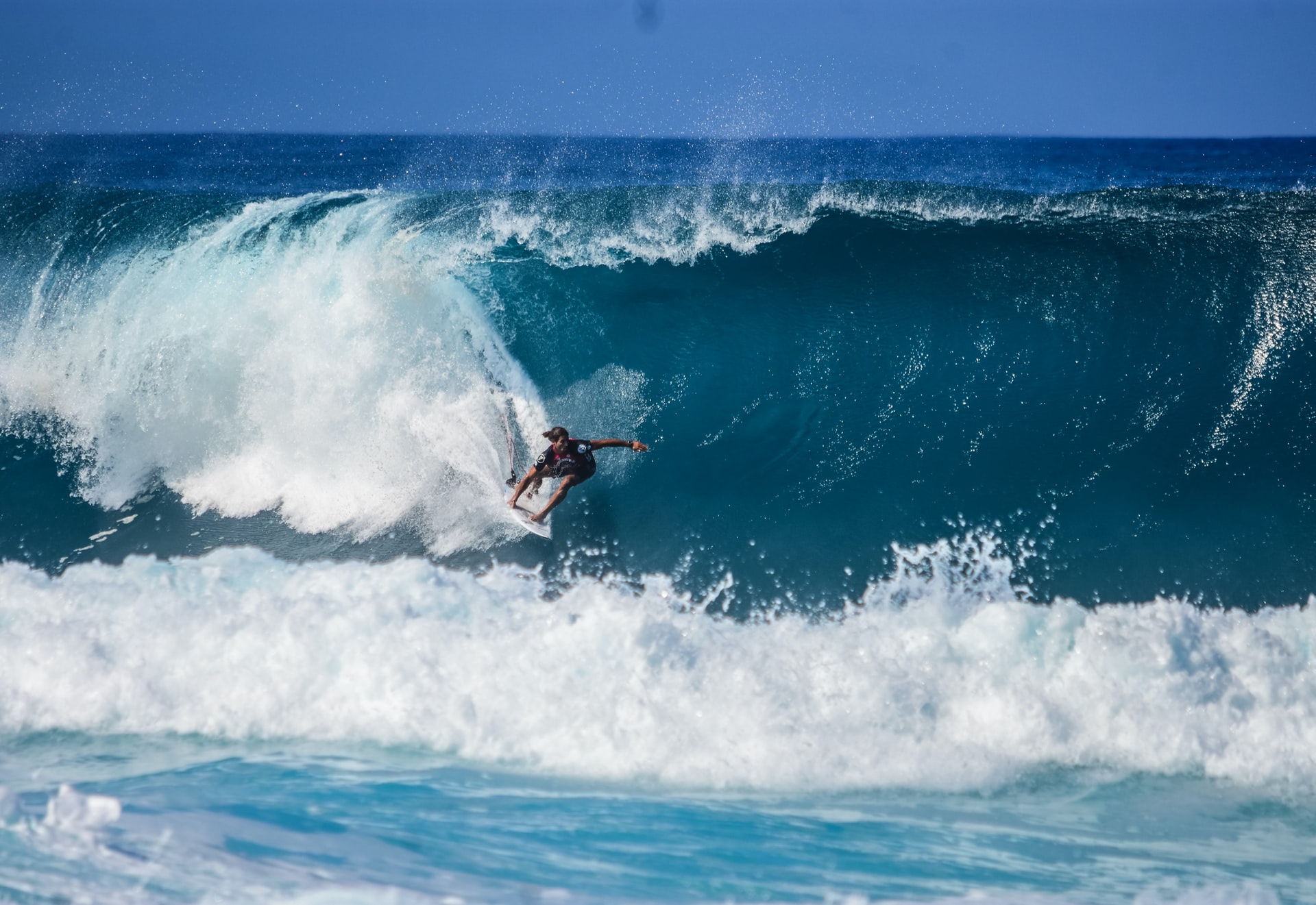
Do Surfers Like Constructive or Destructive Waves? (+Pros & Cons)
-
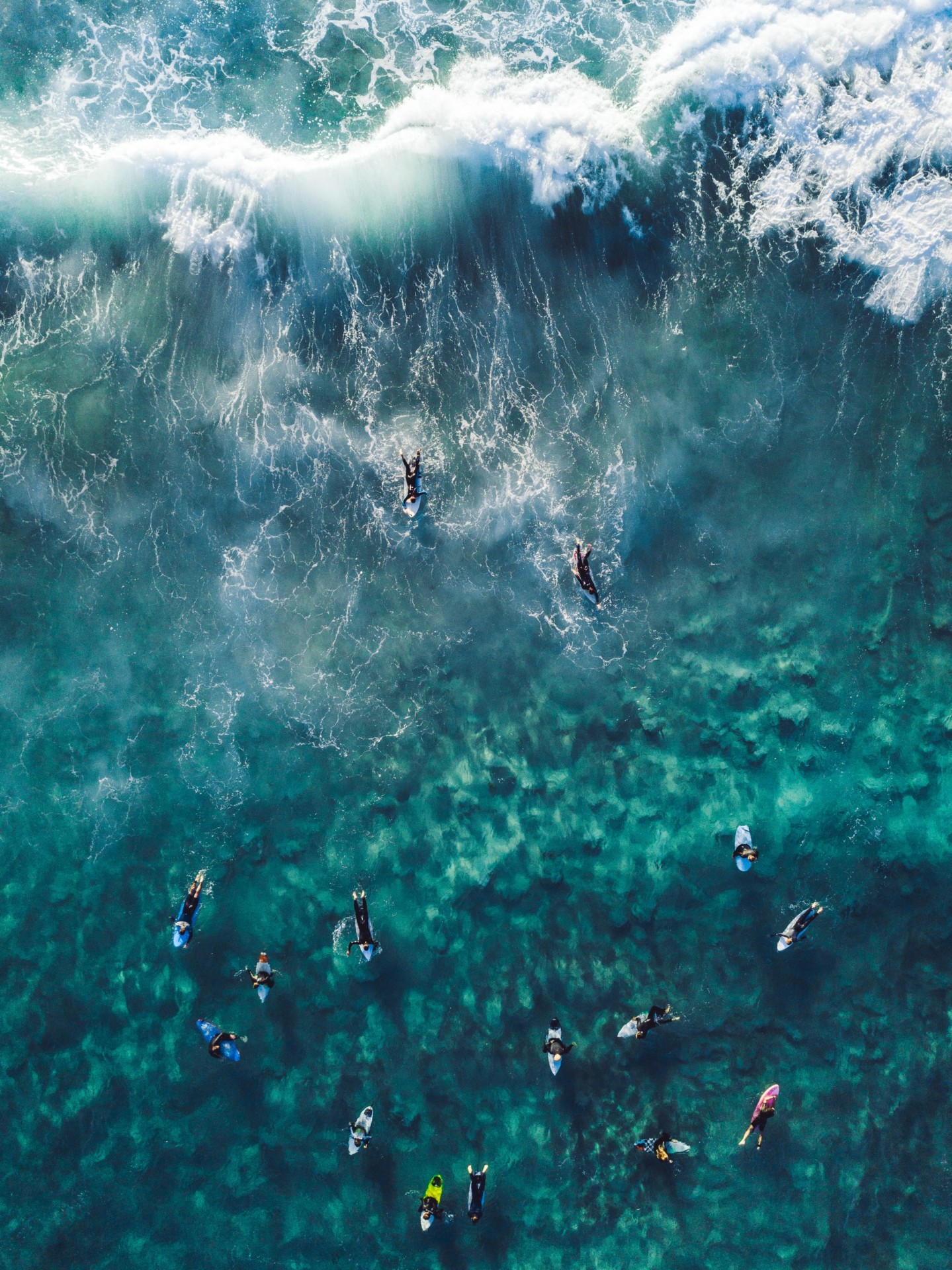
How to Surf Safely: 34 Crucial Tips (Every Surfer Should Know)
-
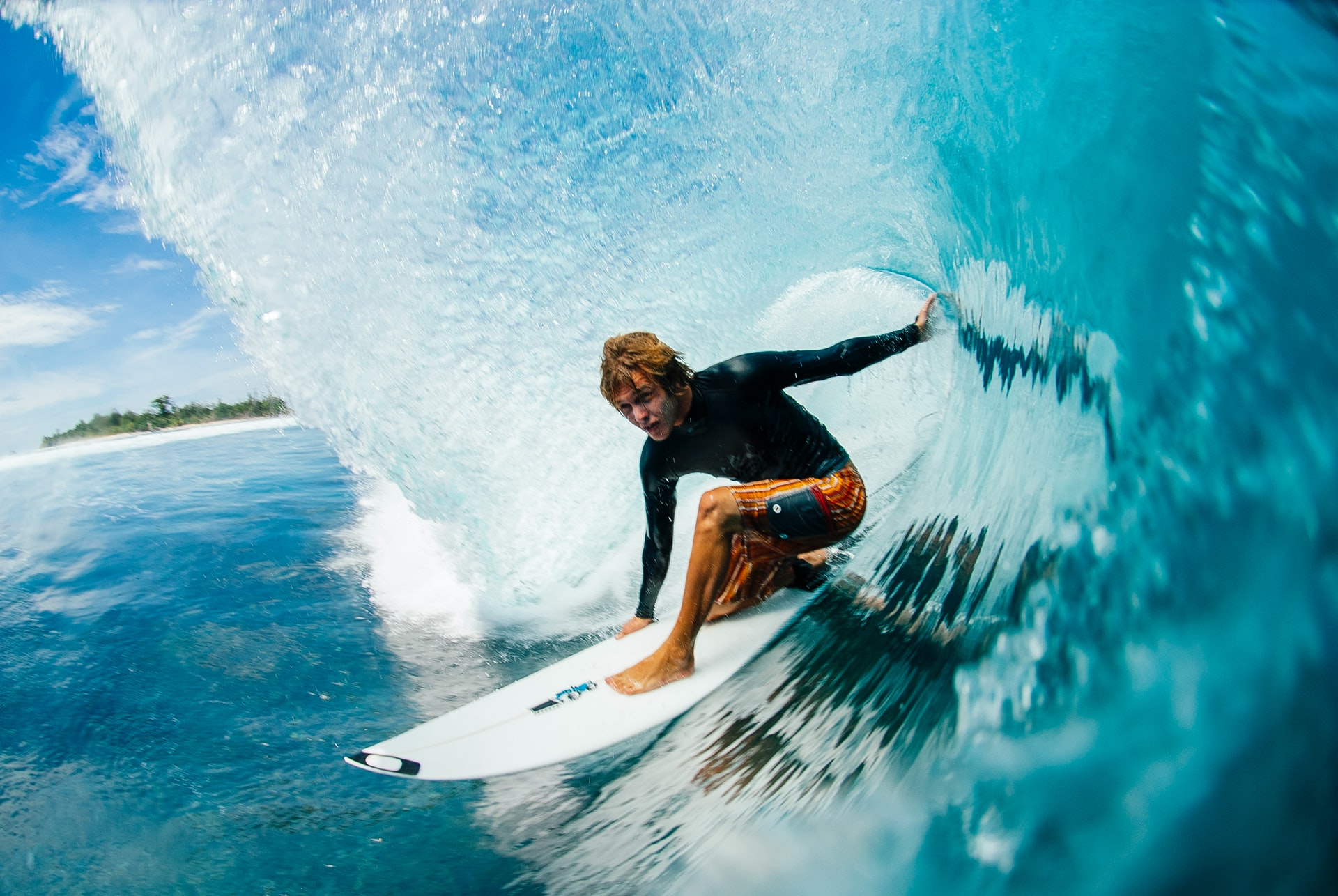
Do Pro Surfers Use Leashes? (+6 Reasons Why You Should Too)
-
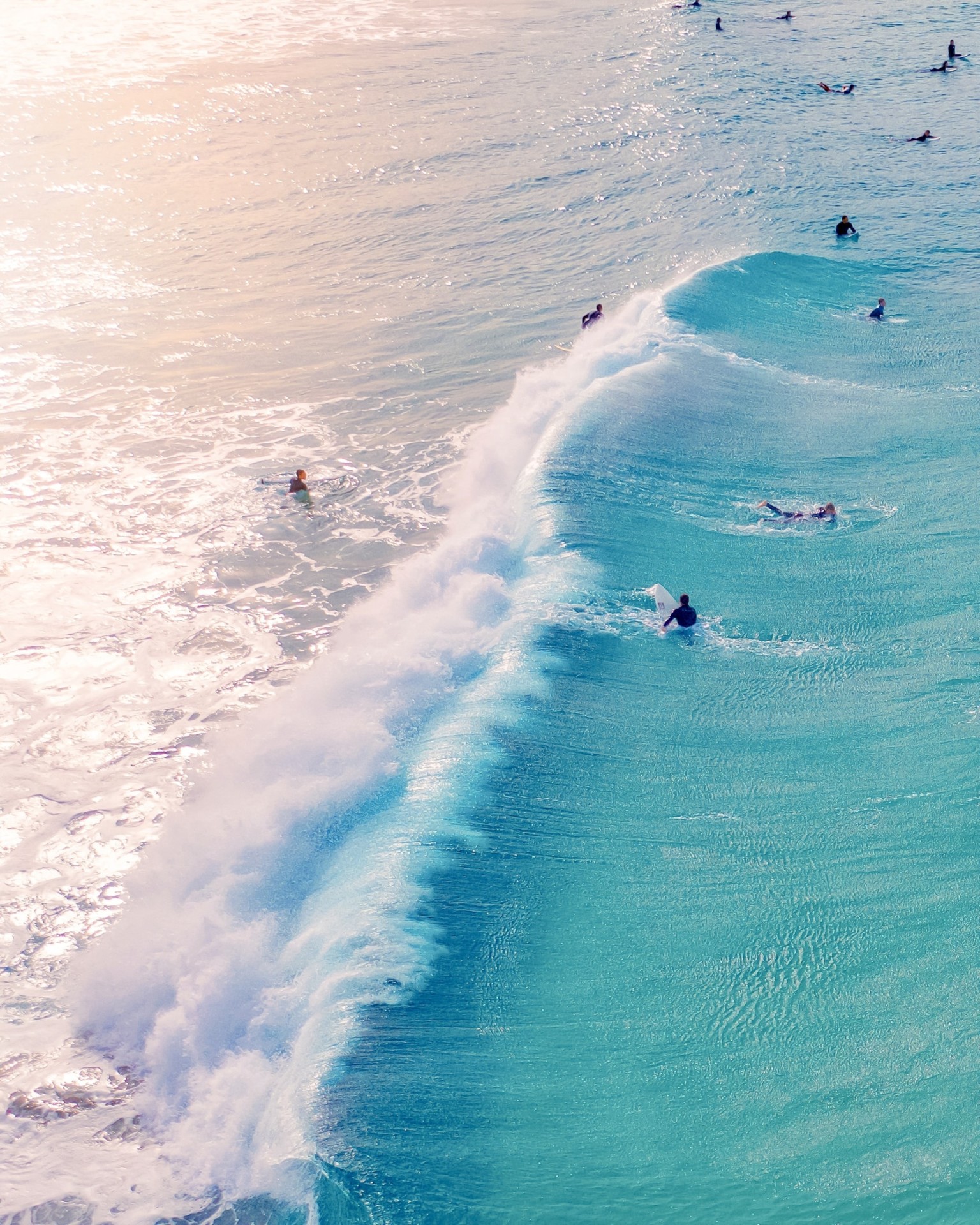
Do Many Surfers Drown? Here Are the Facts (+4 Common Reasons)
-
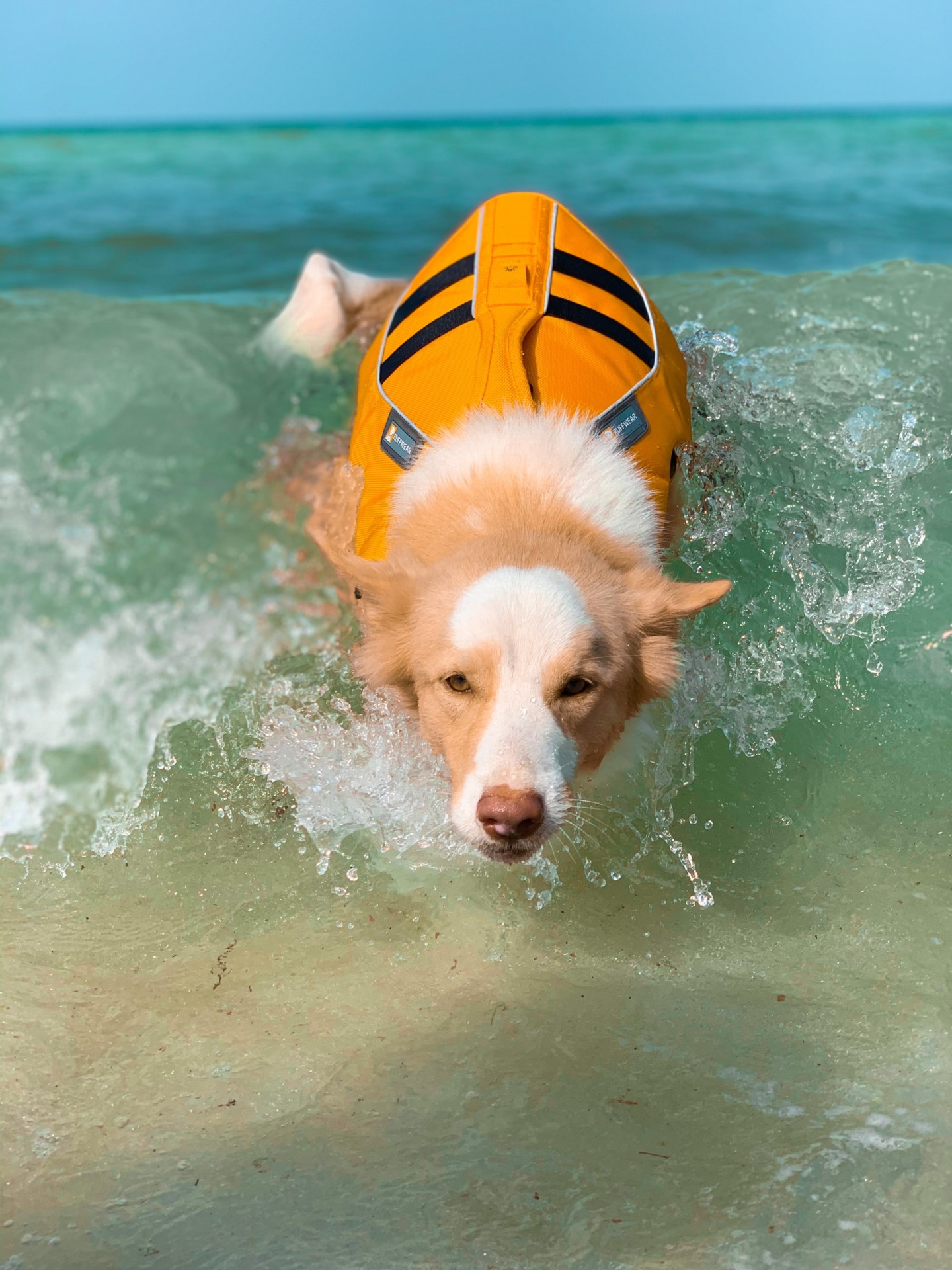
Do Surfers Wear Life Jackets? (7 Reasons Why They Don’t)
-
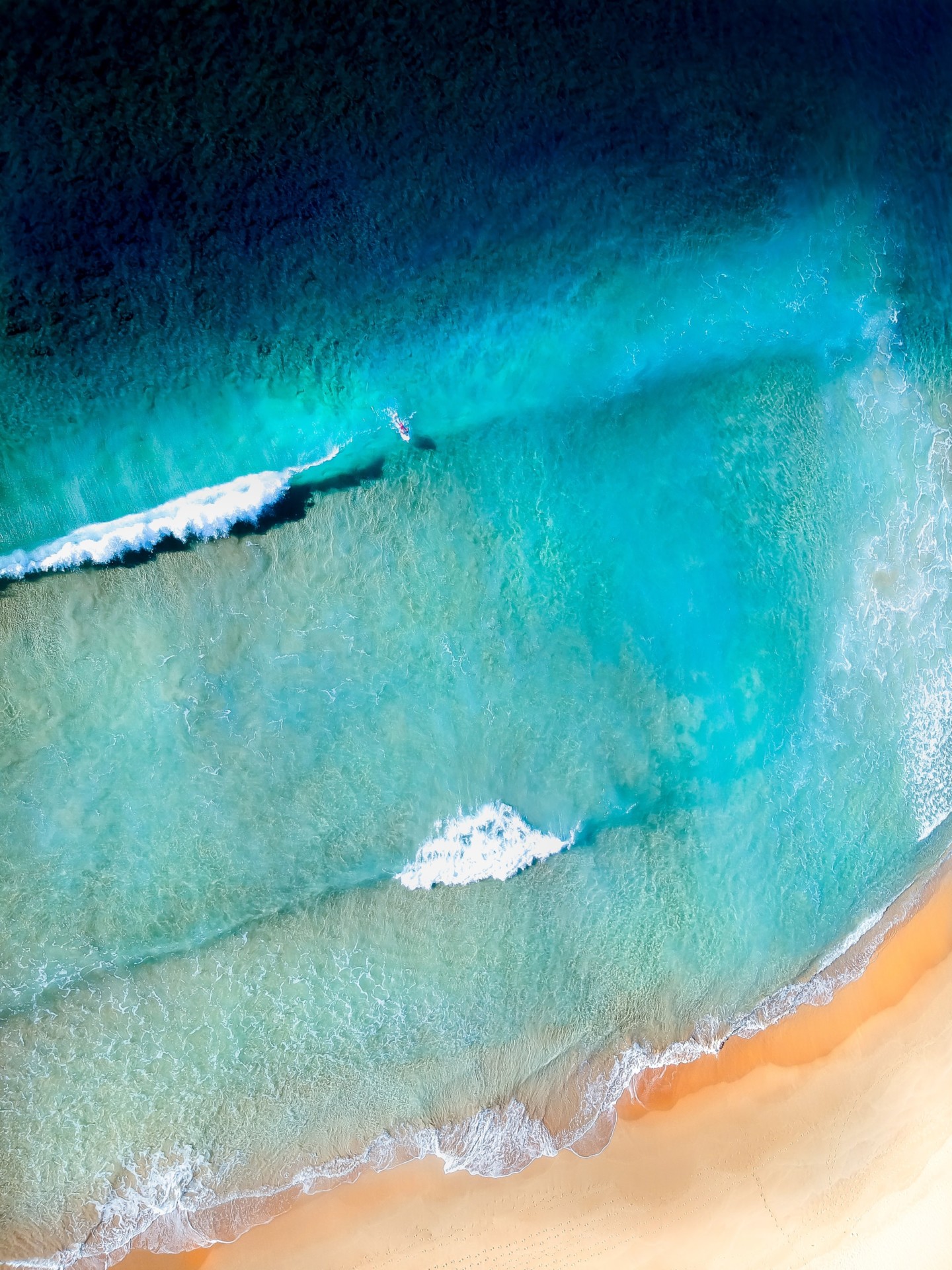
Do Surfers Like Rip Currents? (& How to Use Them Safely)

